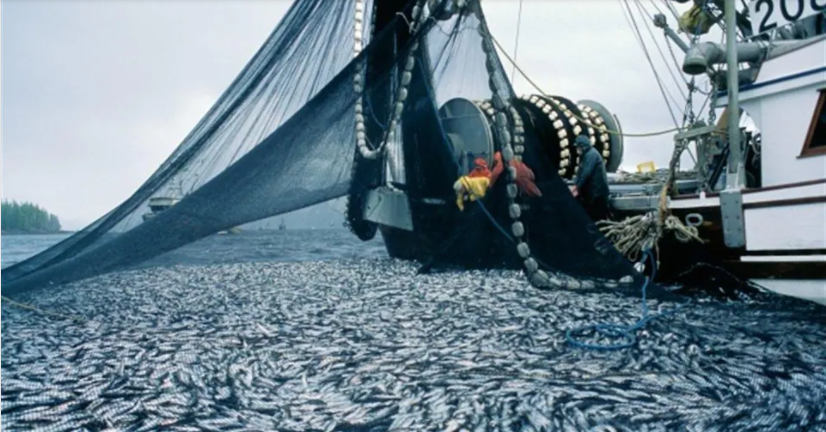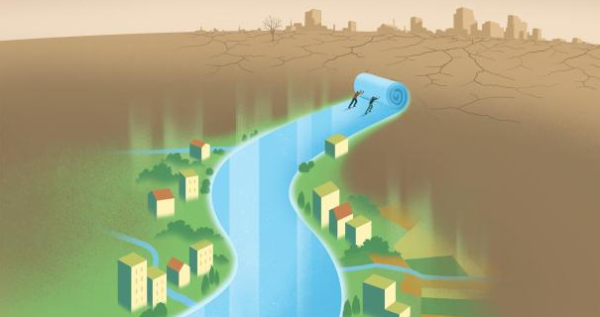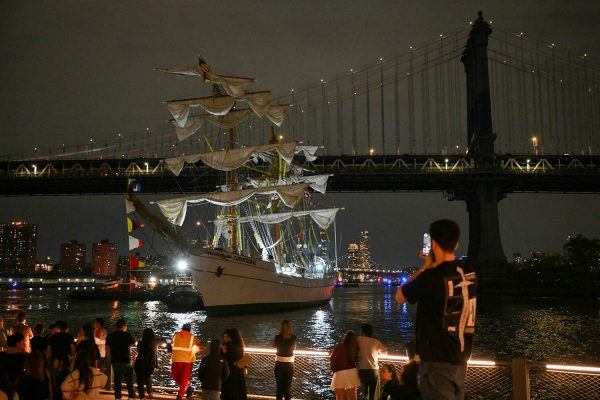Catch Share a Solution to Overfishing?
If overfishing issues are not fixed by 2040 there won’t be much fish left in the oceans.
Overfishing, which is the removal of a species of fish from a body of water at a rate that the species cannot replenish, which results in those species becoming underpopulated in that area, is a huge problem for the world and its ecosystem.
This problem can bring several consequences: either it is a unbalance in the food chain, in the economy as the loss of jobs. An example of overfishing is the Cod Moratorium. On July 2nd, 1992, the government banned Cod fishing on the Canada east coast because of overfishing. This moratorium goal was to help the cod population to regenerate. Still today, the moratorium is there because the cod population remains too low.
However, all problems have solutions as for this problem, catch share is one of them. Catch share is a system in fisheries management that dedicates a safe share of the fish to a fisherman, a vessel, a community, or a fishing association in a given area. So when a fisherman reaches the limit of his catch share, he must stop fishing by himself. This technique, therefore, allows the fish population in question to be able to regenerate by reducing overfishing.
By reducing overfishing, catch shares help the environment. The catch share also helps to keep the important balance of the food chains and to prevent the extinction of certain species of fish by letting them regenerate. More catch shares make seafood more valuable, which means a higher profit for fishermen.
All this considered, catch share is a good solution for overfishing but also the goods of the environment and the economy.






